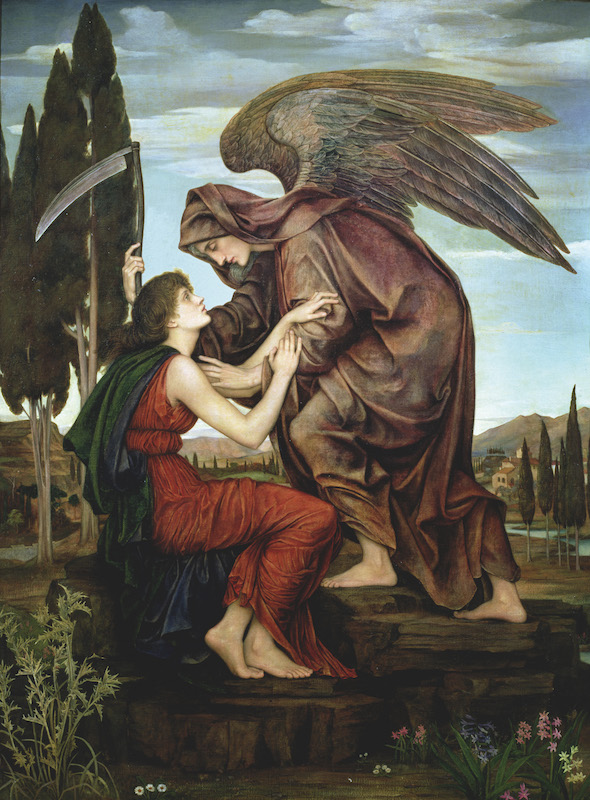Organised religion has attracted its fair share of first-rate music over the centuries, but while the more reflective Latin Mass can be counted on to offer a composer plenty of scope for clouds of incense and choirs of angels, there’s nothing quite like the fire and brimstone of the Requiem to ignite the musical imagination. To date, there are at least 2000 known settings of the Mass for the Dead, but where did it come from and did setting its words to music grow into one of classical music’s most lucrative cottage industries?

Medieval Requiems
No one knows the exact origins of the diverse texts that make up the Requiem Mass, but perhaps the most famous – and certainly the most dramatically inspiring part of the ritual – has to be the Dies Irae or Day of Wrath. The sequence, roughly as we know it, was around in the 13th century at least, with some dating it as far back as the fifth-century and St Gregory the Great. Let’s face it, all that imagery of trumpets summoning souls before their God to be either numbered among...










Comments
Log in to join the conversation.